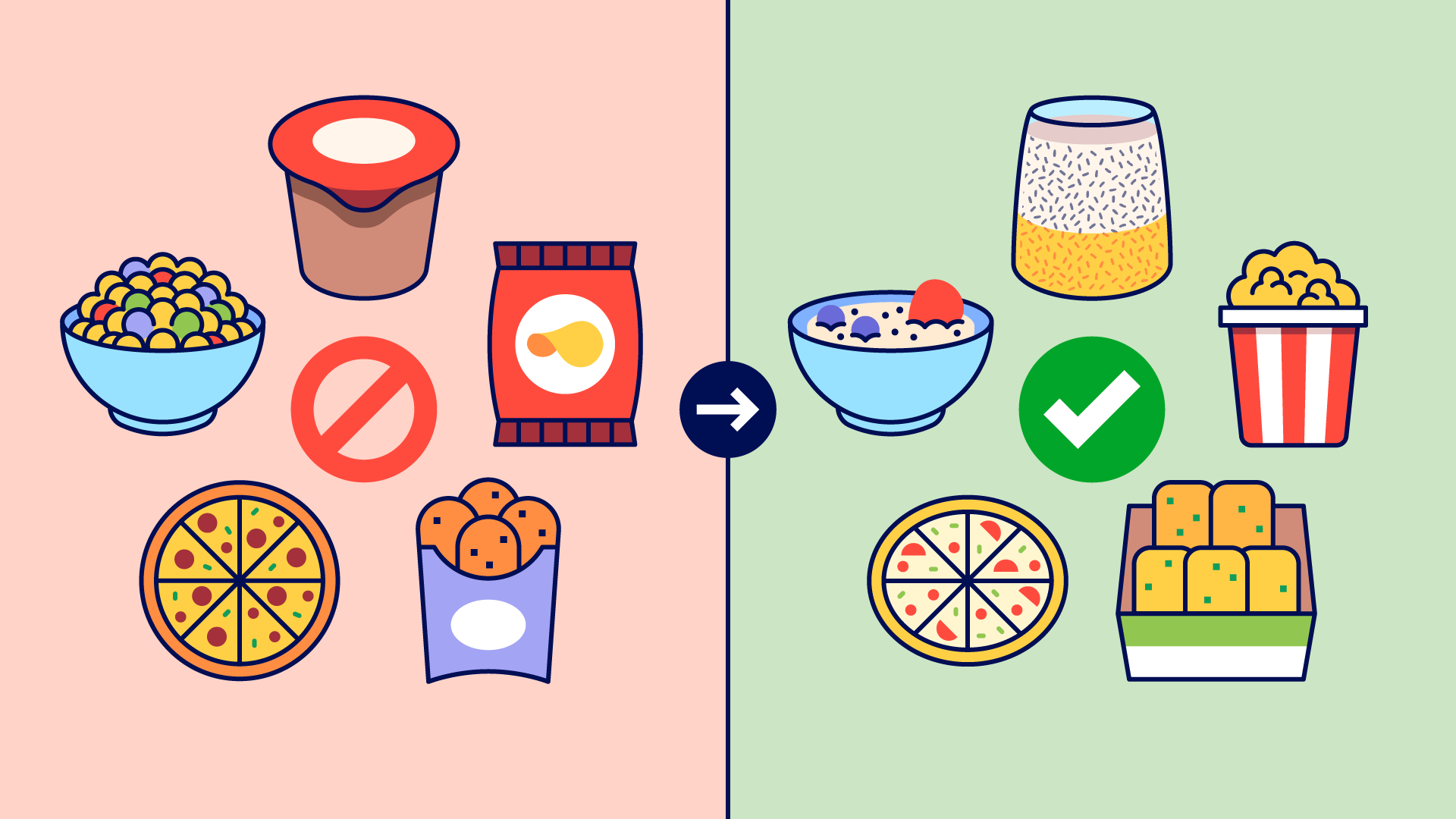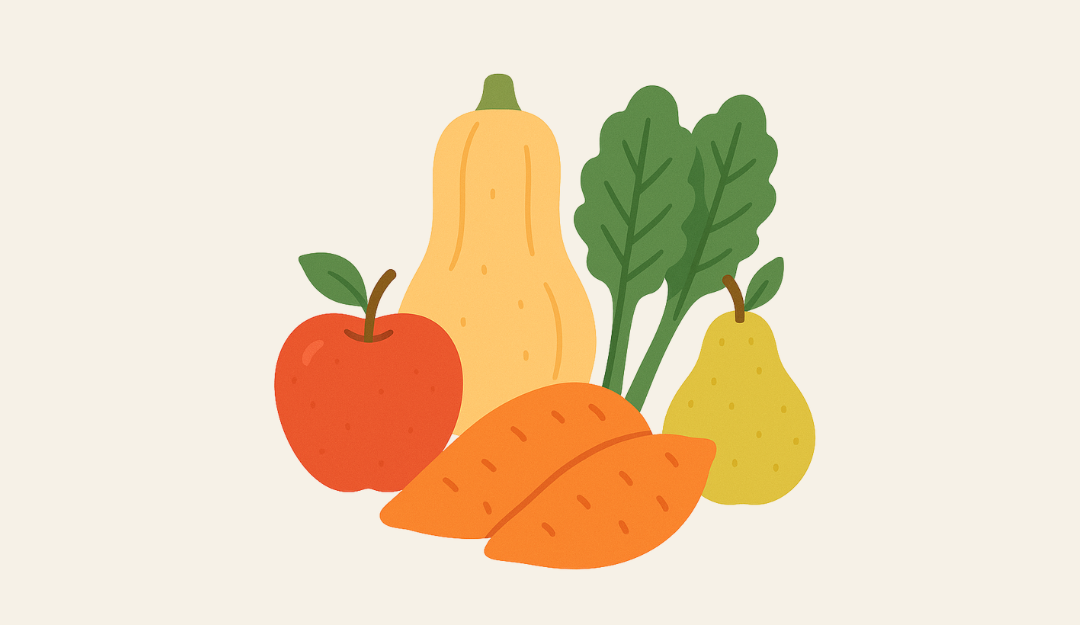A Beginner’s Guide to Plant-Based Protein
Plant-based protein is an important component of any healthy diet. Excessive consumption of red and processed meat has been linked with a variety of chronic diseases, including heart disease, type 2 diabetes, obesity, and cancer. One study showed that processed meat consumption is associated with a 42 percent higher incidence of coronary heart disease and a 19 percent higher risk of diabetes.
According to the United States Department of Agriculture (USDA), the recommended dietary allowance for individual daily protein intake is 0.8 grams per every 2 pounds of body weight. Although this is an approximate calculation — other factors such as age, sex, body type, and lifestyle must be considered for a precise nutrient recommendation — it provides a reliable benchmark to measure your daily protein requirements. This amounts to around 56 grams of protein per day for the average sedentary man and 46 grams per day for the average sedentary woman.
Plant-based foods, such as leafy greens, nuts, seeds, legumes, and whole grains, are all viable sources of protein and, when eaten together, can easily meet the necessary daily requirements. Not only do their nutritional profiles align closely with animal proteins, but, in many instances, these ingredients can be used instead of meat when cooking classic dishes and comfort foods. From vegetarian chili to chickpea meatloaf to mushroom-lentil Bolognese, there are limitless ways to supplement your diet with more plant-based proteins.
5 Types of Plant-Based Protein
Green Vegetables
Green vegetables, like spinach, Brussels sprouts, asparagus, kale, and broccoli are rich sources of vitamins and minerals, but they also contain some protein. One cup of cooked green vegetables can contain anywhere from 3 to 6 grams of protein, which can be a significant amount when paired with other ingredients, like grains, legumes, dairy products, and plant-based meats. Green vegetables are tasty when roasted with salt and pepper or pan-fried with garlic and olive oil.
Legumes
A category of ingredients that incorporate both pulses (peas, lentils) and beans (black, kidney, cannellini, chickpeas, edamame), legumes are excellent (and inexpensive) sources of plant-based protein For example, A cup of cooked lentils contains 18 grams of protein and more than half your recommended daily value of fiber. Legumes are a versatile ingredient, easily incorporated into everything from simple stews and soup to meat-free burgers, loafs, and meatballs.
Nuts and Seeds
For a quick protein-dense snack, look no further than nuts and seeds. Peanuts, walnuts, cashews, and almonds all contain more than 5 grams of protein per quarter cup, as well as fiber and healthy fats. Bring some with you to school or work to satisfy hunger pangs or mid-day cravings. Seeds, like chia, hemp, pumpkin, sunflower, or flax are also good sources of protein and are easy to sprinkle into smoothies or over bowls of cereal.
Meat Alternatives
This broad category of ingredients encompasses everything from tofu and seitan to plant-based chicken patties and meat-free beef crumbles. Some of these foods are more processed than others, but they are all excellent options when it comes to plant-based protein. A 3-ounce serving of extra firm tofu contains 8 grams of protein, while seitan, a wheat-based protein, contains a hefty 15 grams of protein per 3 ounces. Pre-made burger alternatives can contain as much as 19 grams of protein per patty!
Whole Grains
Grains are a surprisingly-good source of protein, especially when paired with another protein-rich ingredient, such as beans, lentils, or a plant-based chicken patty. Oatmeal, wild rice, quinoa, farro, and whole grain couscous all contain more than 6 grams of protein per cup (cooked). Grains are simple to prepare and their flavor can easily be elevated through the use of different seasonings, toppings, or cooking liquids.
Easy Swap Ideas
Plant-based proteins can be used to mimic the taste and texture of beef, bacon, pork, and chicken. With the right combination of ingredients, sauces, seasonings, and cooking techniques, it’s not hard to recreate meat-free versions of burgers, chicken nuggets, meatballs, satay, nachos, sliders, meatloaf, wings, stroganoff, or even Bolognese sauce. Here is a list of ingredients that can help deliver the essence of animal proteins, minus the meat.
Chicken: mushrooms, seitan, cauliflower, tempeh, tofu,
Beef: beans, lentils, peas, mushrooms, nuts, seeds, plant-based meat, tofu
Pork: beans, jackfruit, lentils, mushrooms, seitan
Bacon: eggplant, shiitake mushrooms, rice paper, coconut, seitan, tempeh



